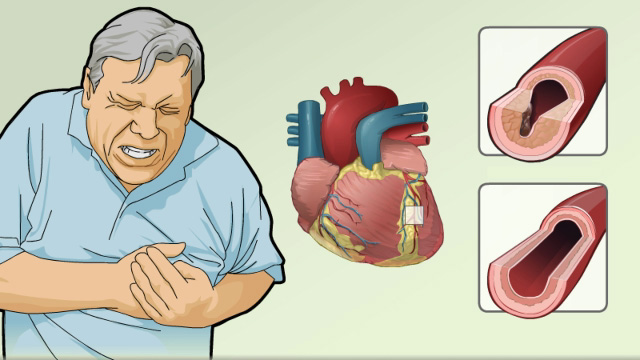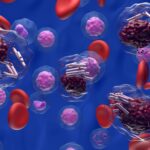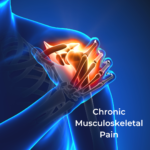Anginal pain refers to chest discomfort resulting from reduced blood flow to the heart, a condition often linked to coronary artery disease. An acute episode of anginal pain can manifest suddenly, causing intense pressure or squeezing in the chest. Prompt recognition and management of such episodes are crucial to prevent severe complications, including myocardial infarction.

Types of Managing an Acute Episode of Anginal Pain
1. Stable Angina
Stable angina occurs predictably during physical exertion or stress and subsides with rest or nitroglycerin. It is less likely to cause acute episodes but requires long-term management.
2. Unstable Angina
Unstable angina involves chest pain that occurs unpredictably, even at rest, and signals a high risk of acute coronary events. Immediate medical attention is critical.
3. Variant (Prinzmetal’s) Angina
Caused by coronary artery spasms, this type of angina may lead to episodes of severe chest pain, often occurring at night or during rest.
Symptoms of an Managing an Acute Episode of Anginal Pain
Common symptoms during an acute episode include:
- Intense chest pain or pressure, often radiating to the neck, jaw, shoulders, or arms.
- Shortness of breath.
- Nausea or dizziness.
- Excessive sweating (diaphoresis).
- Fatigue or a sense of impending doom.
Causes and Risk Factors
An acute episode of anginal pain is typically triggered by factors that increase oxygen demand or reduce oxygen supply to the heart. These include:
- Physical exertion: Strenuous activity can precipitate angina.
- Emotional stress: Triggers adrenaline release, increasing heart rate.
- Cold weather: Constricts blood vessels, reducing flow.
- Heavy meals: Increases cardiac workload during digestion.
Major risk factors include smoking, high cholesterol, hypertension, obesity, diabetes, and a family history of cardiovascular diseases.
Immediate Management of an Acute Episode of Anginal Pain
Step 1: Recognizing the Signs
Prompt recognition of symptoms allows timely intervention to prevent complications.
Step 2: Rest and Medication
- Rest: Stop all physical activities immediately.
- Nitroglycerin: Administer sublingual nitroglycerin to alleviate chest pain. Repeat doses as prescribed, typically every 5 minutes for up to 3 doses.
Step 3: Seek Emergency Help
If symptoms persist beyond 15 minutes or worsen, call emergency services promptly.
Preventive Measures for Anginal Pain
1. Lifestyle Modifications
Adopting a heart-healthy lifestyle can significantly reduce the risk of acute anginal episodes:
- Dietary changes: Emphasize fruits, vegetables, whole grains, and lean proteins while avoiding trans fats and excessive sodium.
- Regular exercise: Engage in moderate aerobic activity to improve cardiovascular health.
- Smoking cessation: Eliminate tobacco use to enhance oxygenation.
2. Medications
- Antiplatelets (e.g., aspirin): Reduce the risk of blood clots.
- Beta-blockers: Lower heart rate and oxygen demand.
- Calcium channel blockers: Alleviate coronary artery spasms.
- Statins: Manage cholesterol levels.
3. Medical Interventions
In severe cases, procedures like angioplasty or coronary artery bypass grafting (CABG) may be necessary to restore blood flow.
When to Consult a Healthcare Provider
Regular monitoring by a cardiologist is essential, especially for individuals with predisposing factors or a history of angina. New or worsening symptoms warrant immediate evaluation to rule out life-threatening conditions.
Acute episodes of anginal pain are medical emergencies requiring prompt recognition and treatment. Preventive strategies, including lifestyle changes and adherence to prescribed medications, can reduce the likelihood of recurrence and improve overall cardiovascular health.

